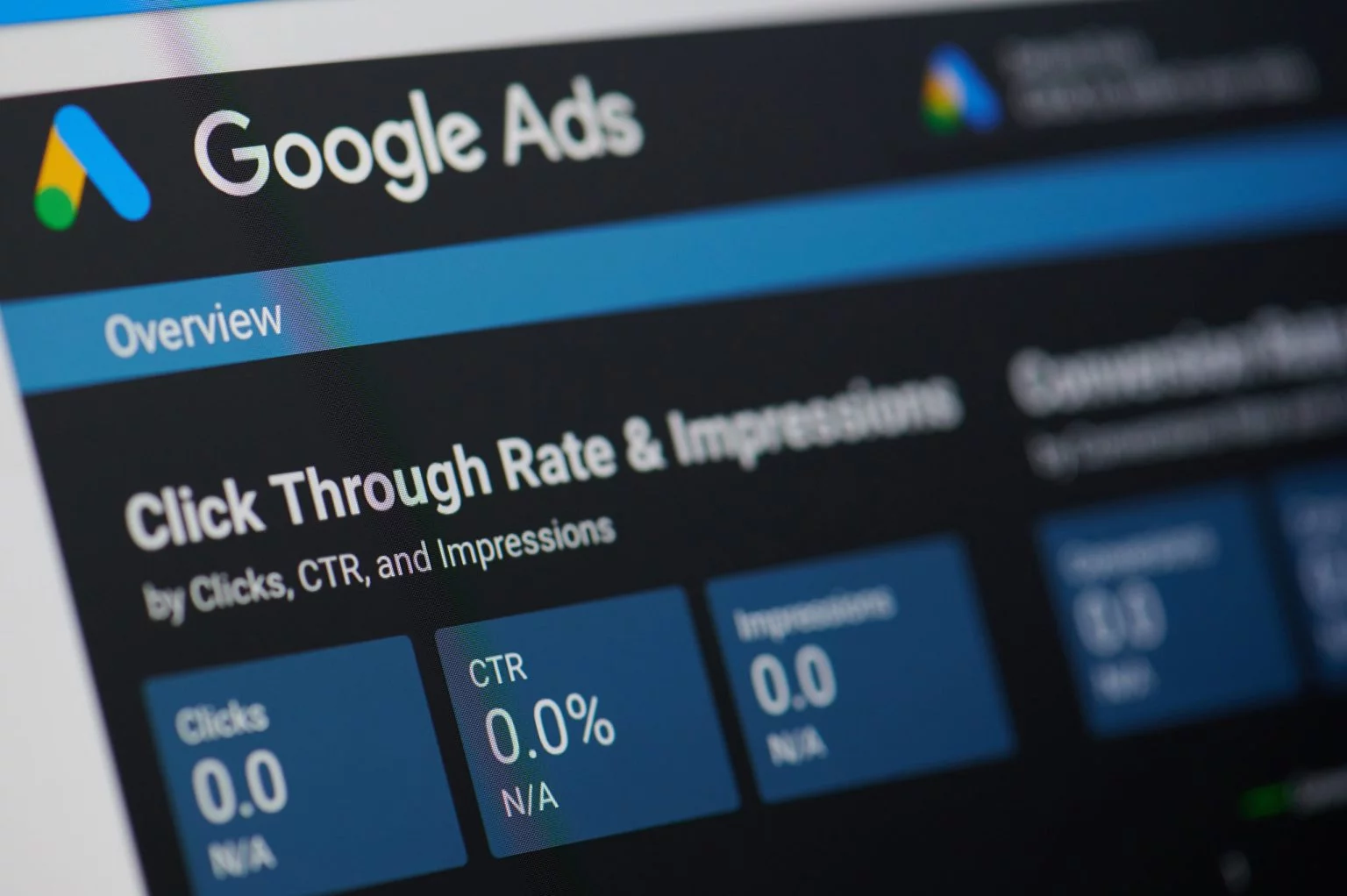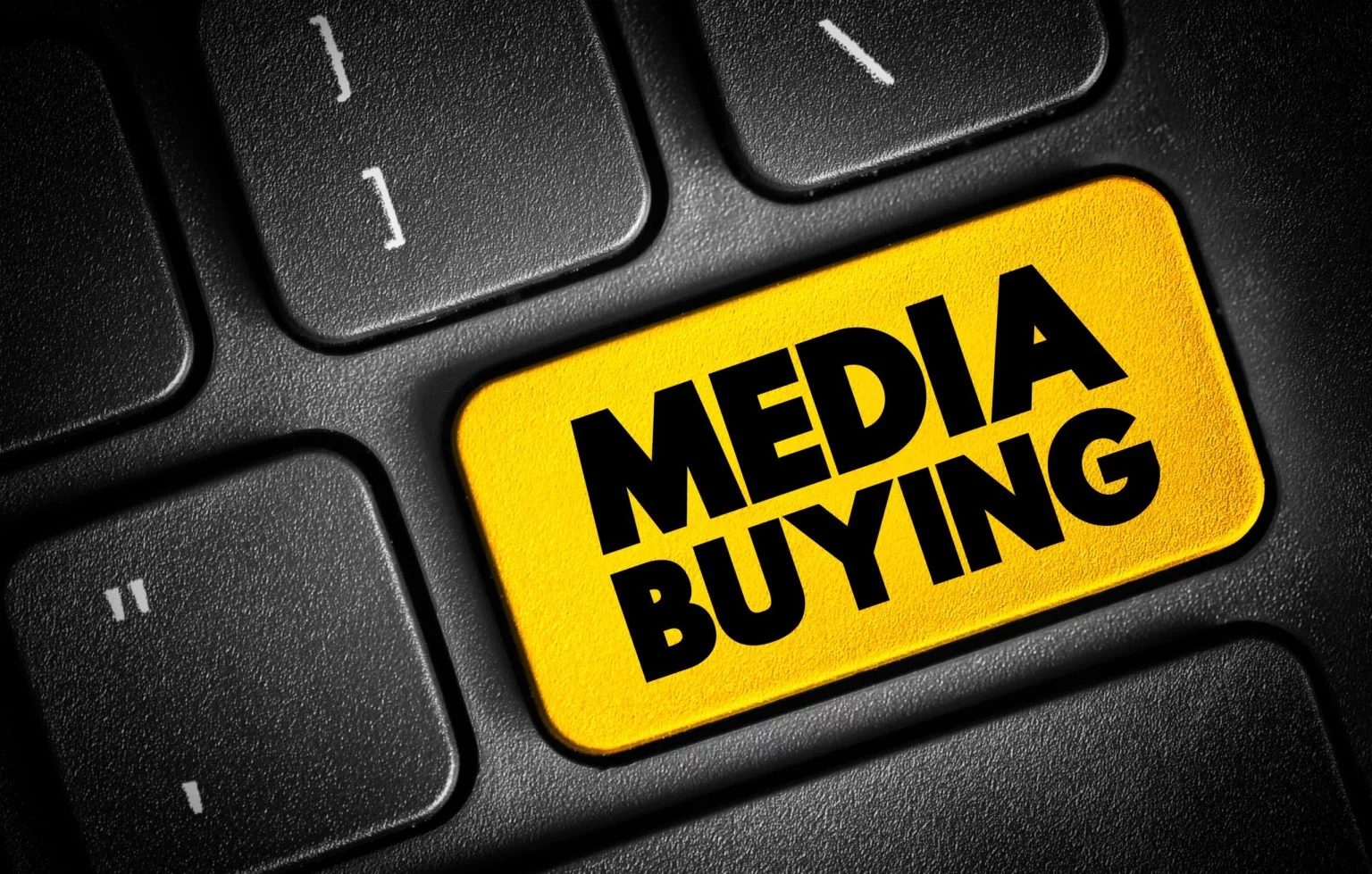
Are you a small business owner eager to explore the world of social media marketing? If you've been mulling over the idea of adding video content to your marketing plan but are worried about the potential costs, you're definitely not alone. Many small business owners feel the same way.
This blog post is all about clearing up the confusion around video production expenses and explaining the different factors that can affect costs. By the end, you'll have a better idea of what to expect financially and how video can really boost your marketing game.
Why You Need Video in Social Media Marketing
Investing in video content can really pay off for your business. Studies have shown that people are much more likely to engage with social media posts that have videos compared to those with just text or images. Zimmer Communications recently did research and found that video significantly outperforms static images in engaging audiences and driving action. Posts with videos got 4,943 link clicks and achieved 615,000 impressions, while posts with static images only secured 921 link clicks and 163,000 impressions. This means that using video content can give your brand a lot more visibility.
Making high-quality video content will help you reach a bigger audience and improve customer engagement, which can increase sales. Videos effectively tell your brand's story, conveying messages in a memorable way. They can stir emotions, show products in action, and share useful information while keeping viewers entertained. In today's fast digital world, using video is key to standing out and making a lasting impression.
What Factors Influence the Cost of Producing a Social Media Video
The cost of creating a social media video can vary significantly depending on several factors. If you're wondering how much does a social media video cost, here are some key aspects that influence the final price:
- Type of video: The type of video you want to create will impact production costs. For instance, an animated explainer video may require more time and resources compared to a simple product demo. Same as live-action videos with actors and sets generally cost more than animated ones.
- Length of video: Longer videos generally need more production time, equipment, and resources, which can increase the cost. It's important to find a balance between conveying your message and keeping the video short to keep costs in check.
- Quality of video: The quality of your video will be influenced by several factors, including the camera equipment, lighting, sound equipment, and editing software you use. Better quality usually means higher costs.
- Location: When filming on location, keep in mind that you may need permits or have to rent out a space, which could result in additional expenses. If you plan to shoot in a studio, also consider the costs for props and set design.
- Scripting and Storyboarding: Creating a good script and storyboard is key to making a quality video. This requires planning and teamwork between the client and the production team, which can increase costs. However, a well-written script and storyboard can save time and money in the long run by ensuring a smooth production process.
What You'll Be Paying For Specifically
When planning your social media video production budget, it's crucial to know exactly where the costs will come from. Generally, you'll need to set aside funds for the following aspects:
- Pre-Production Costs: This includes expenses related to planning your video, such as writing the script, creating a storyboard, and finding locations. It's important to invest in this stage for a clear vision and effective communication during production.
- Production Costs: These expenses include the costs of actual filming, such as hiring camera operators, actors, or voice talent, as well as renting equipment like cameras, lights, and sound gear. If you're shooting on location, this may also cover transportation and accommodation expenses.
- Post-Production Costs: Once filming is complete, the next step is to edit the footage. This phase includes tasks such as cutting the raw footage, as well as adding special effects, graphics, voiceovers, and music. The tools and expertise needed for this part can have a significant impact on the overall budget.
- Distribution Costs: After producing the video, you may also need to consider the costs of promoting and distributing it on various social media platforms. This may involve expenses for paid advertising to reach a wider audience or creating promotional materials.
By understanding these cost components, you can develop a more precise budget and make informed decisions about where to allocate resources for your social media video production.
Investing in Video Content is The Path to Marketing Success
Using video content for social media marketing is not just beneficial —it's essential. By understanding the various factors that influence production costs and what you'll be specifically paying for, you can make informed choices that align with your budget and marketing goals. While investing in a high-quality social media video production company may require an initial financial commitment, the potential for increased engagement, greater brand visibility, and higher conversion rates makes it a valuable investment.
As you start your journey into video marketing, remember that thoughtful planning and smart use of resources can bring about powerful results that will connect with your audience for years to come. Embrace the opportunities that video provides and see your brand prosper in the competitive realm of social media.



.webp)





















































